Autism Spectrum Disorder: Module 3 Answer Key Unveiled
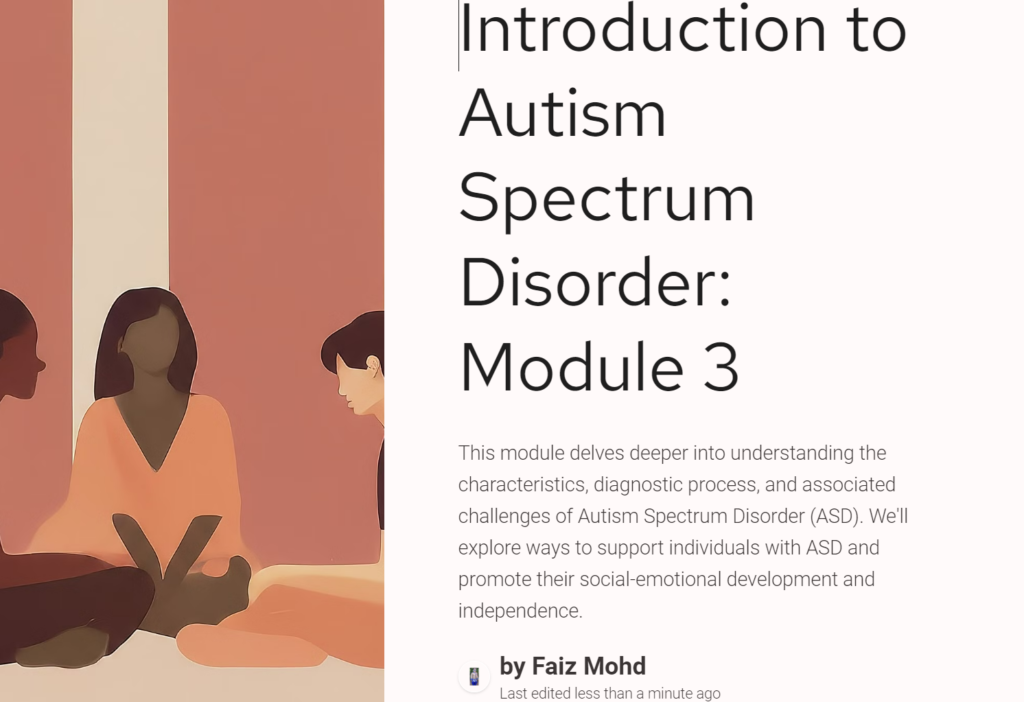
Introduction to Autism Spectrum Disorder: Module 3
Autism Spectrum Disorder (ASD) is a neurodevelopmental condition characterized by challenges in social interaction, communication, and repetitive behaviors. For individuals and families affected by ASD, navigating daily life can present unique hurdles. Understanding the diverse needs of those on the spectrum is not only crucial for their individual well-being but also for their integration into society as active and valued members. In this blog, we aim to delve into Module 3 of the Autism Spectrum Disorder curriculum, examining its answer key to provide insights into supporting individuals with ASD effectively. Additionally, we’ll shed light on the proactive steps taken by the Government of India to bolster support and services for individuals with ASD across the nation.
Module 3 of the Autism Spectrum Disorder curriculum serves as a comprehensive guide for educators, caregivers, and healthcare professionals. It focuses on essential aspects such as communication strategies, social interaction techniques, and behavioral management tailored specifically for individuals with ASD. By exploring the answer key of Module 3, stakeholders gain valuable insights into understanding the nuances of ASD and implementing effective support systems.
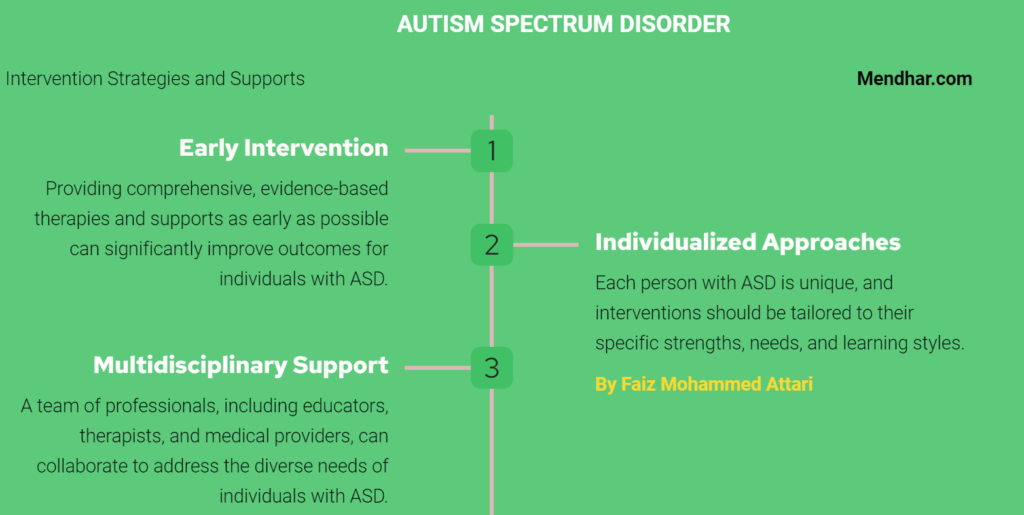
Autism Spectrum Disorder: Module 3 Answer Key
1. Children with ASD have normal language development.
– Options:
– True
– False
– Answer: False🖍️
2. Social communication refers to the verbal and non-verbal skills, social interaction and social cognition.
– Options:
– True
– False
– Answer: True🖍️
3. Children with ASD lack or do not know strategies to initiate conversation.
– Options:
– True
– False
– Answer: True🖍️
4. Echolalia is repeating or ‘echoing’ the words or phrases and sentences of familiar people, like parents, teachers or from their favorite video.
– Options:
– True
– False
– Answer: True🖍️
5. Stereotyped behaviors are defined as repetitive behaviors.
– Options:
– True
– False
– Answer: True🖍️
6. A classic sign of autism is:
– Options:
– Motor disability
– Difficulty in mathematics
– Insistence on sameness
– None of the above
– Answer: Insistence on samenes🖍️
7. Fixation is when a child does not show any attachment with objects or routine.
– Options:
– True
– False
– Answer: False🖍️
8. Stimming is short for self-stimulatory behavior.
– Options:
– True
– False
– Answer: True🖍️
9. Hyposensitivity is being under-sensitive to the stimulus.
– Options:
– True
– False
– Answer: Tru🖍️
10. Postural disorder involves problems with balance and bilateral coordination.
– Options:
– True
– False
– Answer: True🖍️
11. Sensory Processing Disorder is a condition in which the brain has trouble responding to information that is received through the senses.
– Options:
– True
– False
– Answer: True🖍️
12. Hypersensitivity is being under-sensitive to the stimulus.
– Options:
– True
– False
– Answer: False🖍️
13. …plays a central role in social communication and education for children with Autism?
– Options:
– Early intervention
– Treatment
– Environmental factors
– None of the above
– Answer: Early intervention🖍️
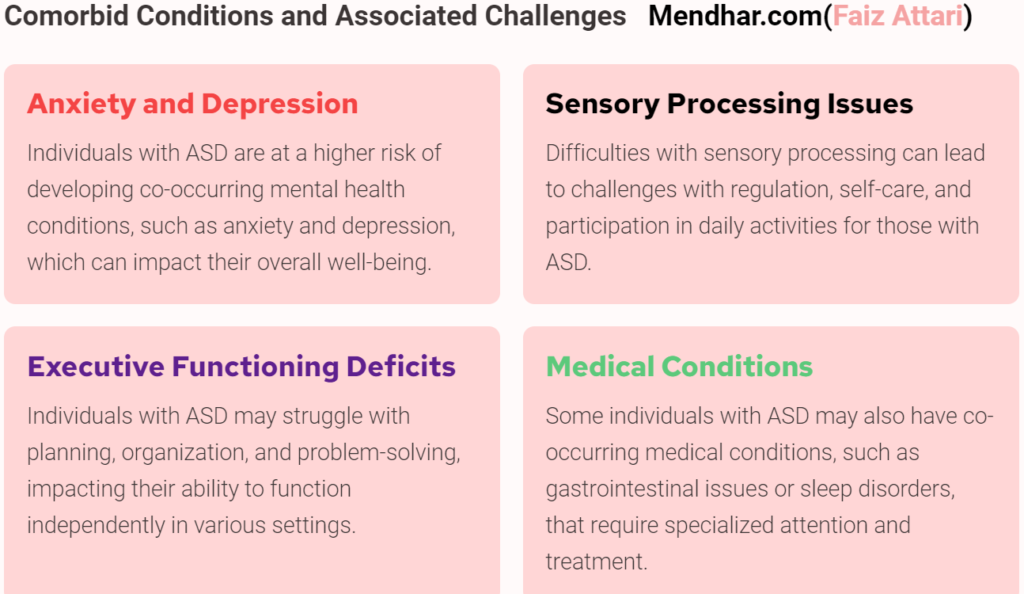
| Aspect | Description |
|---|---|
| Module 3 Answer Key | Provides insights into communication strategies, social interaction techniques, and behavioral management tailored for individuals with ASD. |
| Communication Strategies | Emphasizes the use of visual aids like picture schedules and communication boards to facilitate communication and comprehension for individuals with ASD. |
| Social Interaction Techniques | Recommends structured social skills training programs and role-playing exercises to enhance social interaction among individuals with ASD. |
| Behavioral Management | Offers proactive approaches such as visual schedules and positive reinforcement techniques to address and mitigate challenging behaviors in individuals with ASD. |
| Government Initiatives in India | Aims to enhance awareness, diagnosis, and intervention services for individuals with ASD through awareness campaigns, improved diagnostic services, and intervention programs. |
Intervention Programs:
Recognizing the importance of early intervention in improving outcomes for individuals with ASD, the government has implemented intervention programs aimed at providing comprehensive support to children and families affected by the disorder. These programs encompass various therapies, including behavioral, speech, and occupational therapy, tailored to the unique needs of individuals with ASD.
Conclusion:
Module 3 of the Autism Spectrum Disorder curriculum, along with its answer key, serves as a valuable resource for understanding and supporting individuals with ASD. By incorporating effective communication strategies, social interaction techniques, and behavioral management approaches outlined in the answer key, educators, caregivers, and healthcare professionals can enhance the quality of life for individuals on the spectrum. Moreover, the Government of India’s initiatives in the field of ASD demonstrate a commitment to promoting awareness, diagnosis, and intervention services, thereby improving the overall well-being of individuals with ASD across the nation.


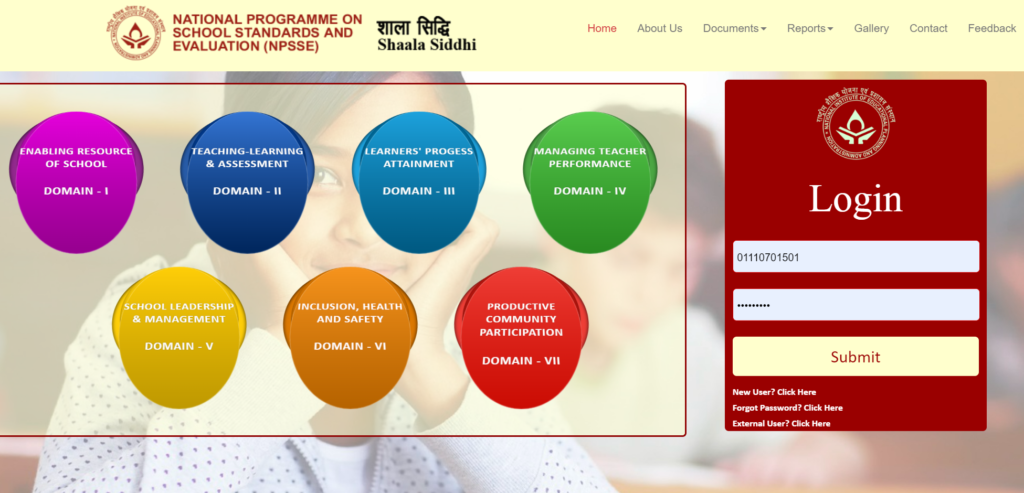
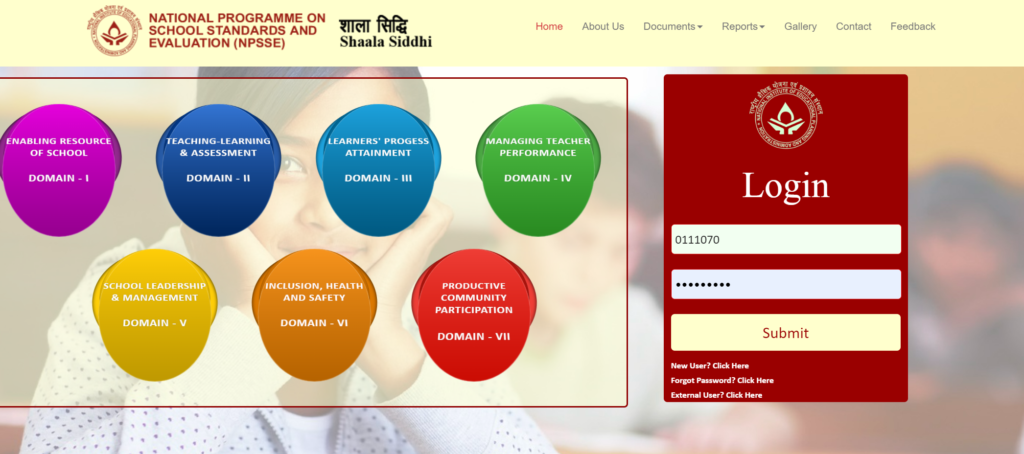
Pingback: Intellectual Disability - Module 4 Answer Key -
Pingback: Specific Learning Disabilities: Module 5 -
Pingback: Slow Learner and Underachiever: Module 5 -
Pingback: Multiple Disability: Module 7 Answer key -